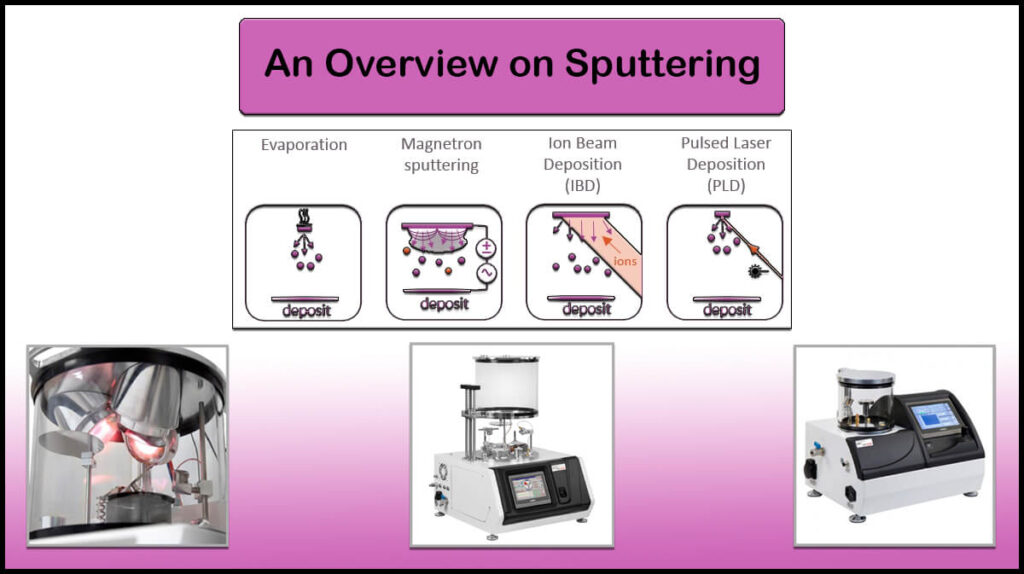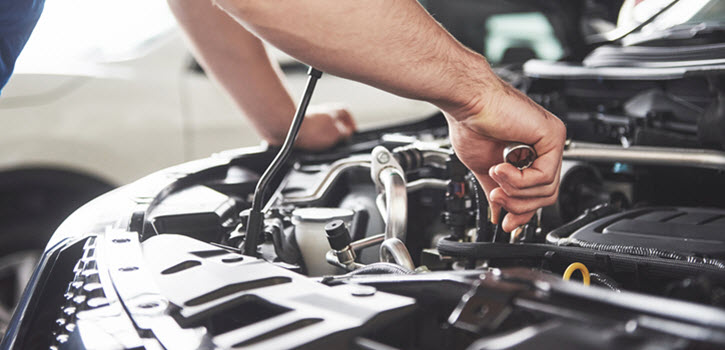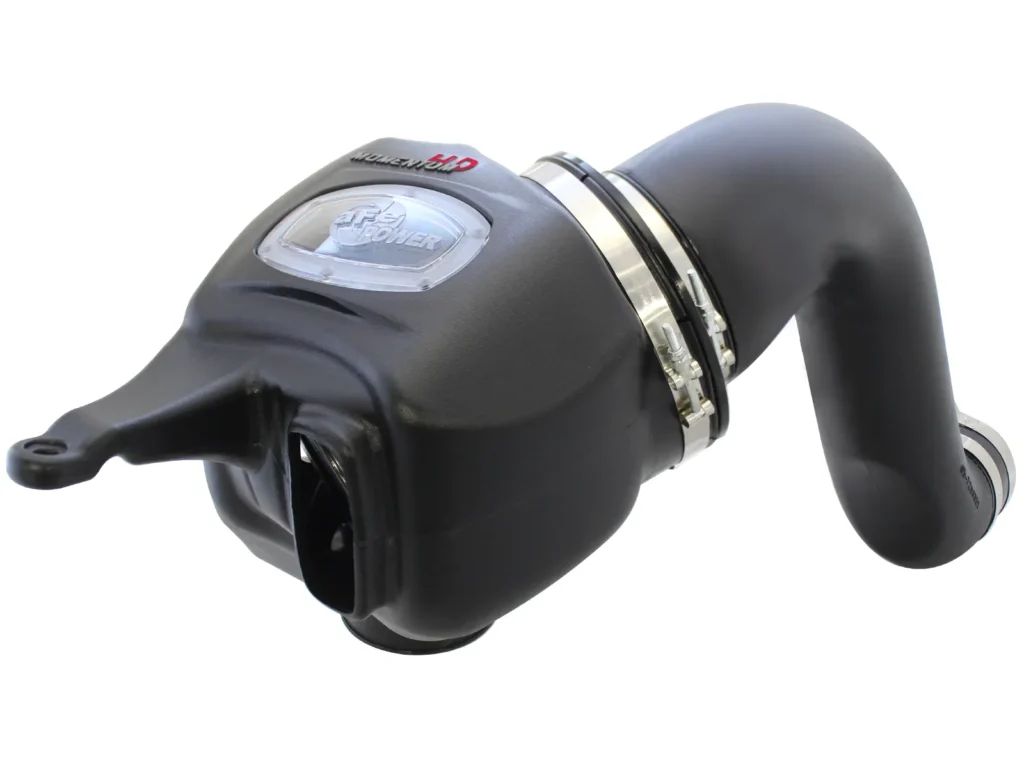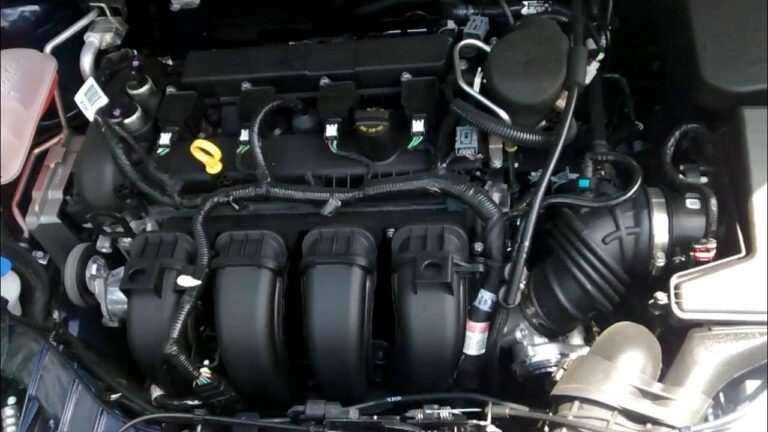Ford F150 Sputtering When Accelerating: Causes and Solutions
Experiencing sputtering in your Ford F150 when accelerating can be a troubling issue, particularly if you’re unsure of the cause. This problem not only affects your truck’s performance but can also be a safety concern. Understanding why your F150 sputters and how to address it can save you from expensive repairs and ensure your truck runs smoothly. In this article, we’ll dive into the common causes of sputtering, potential solutions, and tips for maintaining your Ford F150.
If your Ford F150 sputters when accelerating, it could be due to issues like a clogged fuel filter, faulty spark plugs, or a dirty air filter. These problems disrupt the engine’s performance, causing rough and uneven acceleration.
In this article we will discuss: Ford F150 Sputtering When Accelerating: Causes and Solutions
Table of Contents
Understanding Sputtering

What is Sputtering?
Sputtering in a car happens when the engine hesitates or jerks while accelerating. It feels like the engine is struggling to run smoothly, which can cause a rough driving experience and reduced power.
How Does Sputtering Affect Your Vehicle?
Sputtering can reduce your vehicle’s performance by making acceleration uneven and less responsive. It can lead to poor fuel efficiency and engine damage if not fixed, making driving less smooth and potentially increasing repair costs.
What causes sputtering in a Ford F150 when accelerating?
Sputtering in a Ford F150 when accelerating can be caused by issues such as a clogged fuel filter, dirty air filter, faulty spark plugs, or a failing fuel pump. Each of these problems disrupts the engine’s performance and smooth acceleration.
How can a clogged fuel filter affect acceleration?
A clogged fuel filter restricts fuel flow to the engine, which can cause poor acceleration. The engine may not get enough fuel, leading to reduced power and slower acceleration. Changing the filter on a regular basis keeps the engine performing well and operating smoothly.
Common Causes of Sputtering in Ford F150

Fuel System Issues
Fuel system issues occur when components like the fuel filter, pump, or injectors don’t work properly. This can lead to poor engine performance, such as sputtering or rough running, and might require repairs or replacements to fix the problem.
Clogged Fuel Filter
A clogged fuel filter blocks fuel flow to the engine, causing poor performance and sputtering. It needs to be cleaned or replaced to ensure smooth engine operation and prevent issues like reduced power and rough running.
Failing Fuel Pump
When a fuel pump fails, the engine cannot receive enough fuel, which causes sputtering or stalling. Replacing the fuel pump is necessary to restore proper fuel flow and keep the engine running smoothly.
Dirty Fuel Injectors
Dirty fuel injectors can’t spray fuel properly into the engine, causing sputtering and poor performance. Cleaning or replacing them helps ensure the engine gets the right amount of fuel for smooth and efficient running.
Ignition System Problems
Ignition system problems, like worn spark plugs or faulty coils, can cause engine sputtering and poor acceleration. Fixing or replacing these components ensures proper ignition and smoother engine performance.
Worn Spark Plugs
Worn spark plugs can cause engine misfires, rough idling, and sputtering. Replacing them ensures the engine gets a strong spark for proper fuel ignition, improving overall performance and efficiency.
Faulty Ignition Coils
Faulty ignition coils can cause engine misfires, sputtering, and poor acceleration. Replacing them restores proper spark delivery to the spark plugs, improving engine performance and ensuring smoother driving.
Bad Ignition Wires
Bad ignition wires can cause engine problems like misfires, poor performance, and starting issues. They often wear out over time and should be checked regularly to ensure your vehicle runs smoothly and efficiently. Replacing them can improve engine function.
Air Intake Problems

Air intake problems can lead to poor engine performance and lower fuel efficiency. Issues like blocked filters or leaks can disrupt airflow, causing rough idling or stalling. Regular maintenance ensures proper airflow and helps keep your engine running smoothly.
Dirty Air Filter
Reduced engine performance and fuel efficiency can be caused by a filthy air filter.. It blocks clean air from reaching the engine, causing problems like poor acceleration and increased emissions. Regularly replacing the air filter helps maintain engine health and efficiency.
Faulty Mass Air Flow Sensor
A faulty mass air flow sensor can cause engine issues like poor acceleration, rough idling, and reduced fuel efficiency. Replacing it can aid in restoring optimal engine efficiency because it measures the amount of air entering the engine.
Engine Problems
Engine problems can show up as strange noises, poor performance, or warning lights. Common issues include faulty spark plugs, low oil levels, or problems with the fuel system. Regular maintenance and prompt repairs are key to keeping your engine running well and avoiding costly fixes.
Vacuum Leaks
Vacuum leaks occur when there are gaps in the engine’s vacuum system, causing air to enter where it shouldn’t. This can lead to poor engine performance, rough idling, and increased fuel consumption. Finding and fixing these leaks helps restore proper engine function and efficiency.
EGR Valve Issues
EGR valve issues can cause engine problems like poor acceleration, increased emissions, and rough idling. The EGR valve controls exhaust gas flow into the intake, and if it fails or gets clogged, it affects engine performance. Cleaning or replacing it can help restore smooth operation.
Diagnosing the Problem
Symptoms to Look For
Symptoms to look for in a car include strange noises, poor acceleration, or a check engine light. Unusual vibrations, increased fuel usage, and rough idling are other warning indicators. Noticing these can help you identify problems early and get your vehicle checked.
Using Diagnostic Tools
Using diagnostic tools helps identify car problems quickly by reading error codes from the vehicle’s computer. These tools can show issues with the engine, transmission, and other systems, making it easier to find and fix problems before they become serious.
When to Consult a Mechanic
Consult a mechanic when you notice persistent engine problems, unusual noises, or warning lights on your dashboard. Also, if you experience poor performance or strange smells, it’s wise to get professional help. Early inspection can prevent more serious and costly issues.
Solutions and Repairs
How to Replace a Fuel Filter
Turn off the engine and release the gasoline pressure before replacing a fuel filter. Find the filter; it’s usually next to the engine or fuel tank. Remove the old filter and replace it after disconnecting the gasoline lines from the filter. Check for leaks and reconnect the gasoline lines.
How to Fix or Replace a Fuel Pump

To fix or replace a fuel pump, first disconnect the battery and relieve fuel pressure. To get to the pump, remove the access panel or gasoline tank. Disconnect the old pump, install the new one, and reconnect everything. Check for leaks and ensure the pump works correctly before driving.
Cleaning or Replacing Fuel Injectors
First, remove the fuel rail and disconnect the battery in order to clean or replace the fuel injectors. Clean the injectors with a special cleaning solution or replace them with new ones. Reassemble everything, reconnect the battery, and check for proper fuel flow and engine performance.
Replacing Spark Plugs and Ignition Coils
Before replacing the ignition coil and spark plugs, disconnect the battery. Remove the old spark plugs and ignition coils, then install new ones in their place. Make sure to tighten them properly. Reconnect the battery and check the engine for smooth operation and improved performance.
Fixing Air Intake Issues
Fixing air intake issues involves checking for clogs or leaks in the air filter and intake hoses. Ensure the filter is clean and the hoses are secure. Proper air intake is crucial for engine performance and fuel efficiency.
Addressing Engine Problems
To address engine problems, first check for common issues like low oil levels, spark plug problems, or fuel filter clogs. Listen for unusual noises and look for warning lights. Regular maintenance, such as oil changes and filter replacements, can help keep the engine running well and prevent major issues.
Preventative Maintenance Tips

Regular Maintenance Schedule
A regular maintenance schedule includes checking oil levels, changing filters, and inspecting brakes and tires at recommended intervals. Following the schedule helps keep your vehicle running smoothly and prevents costly repairs. Regular upkeep ensures safety, improves performance, and extends the life of your car.
Importance of Quality Fuel
Using quality fuel is crucial for your vehicle’s performance. It helps the engine run smoothly, improves fuel efficiency, and reduces emissions. Poor fuel can cause engine problems and decrease overall lifespan. Regularly using good fuel ensures reliable operation and keeps your vehicle in better condition.
Keeping the Engine Clean
“Keeping the engine clean” means regularly removing dirt and debris from your vehicle’s engine. This helps it run smoothly, improves performance, and can extend its life. Simple tasks like checking and changing oil, cleaning air filters, and inspecting for leaks are key to engine maintenance.
Conclusion
Listen for unusual noises and look for warning lights. The longevity and performance of your Ford F150 engine depend on keeping it clean. Regularly changing the oil, cleaning air filters, and checking for leaks help prevent issues like sputtering and rough acceleration. Consistent maintenance ensures your engine runs smoothly and efficiently, saving you from costly repairs and extending the life of your vehicle.
FAQs
What is the first thing to check if my Ford F150 sputters?
If your Ford F150 sputters, start by checking the fuel filter. A clogged fuel filter can block fuel flow, causing sputtering and poor performance. Replace or clean the filter to see if it improves the engine’s running.
How often should I replace the fuel filter in my F150?
You should replace the fuel filter in your Ford F150 every 20,000 to 30,000 miles. Regular replacement helps maintain proper fuel flow and engine performance. Listen for unusual noises and look for warning lights. Always refer to the handbook for your car for further instructions.
Can a dirty air filter cause sputtering?
Yes, a dirty air filter can cause sputtering. It blocks clean air from reaching the engine, leading to poor performance and rough acceleration Listen for unusual noises and look for warning lights. The engine can function more smoothly if the air filter is cleaned or replaced.
How do I know if my ignition coils need replacing?
You might need to replace ignition coils if you notice rough idling, poor acceleration, or engine misfires. Other signs include a check engine light and decreased fuel efficiency. Replacing faulty coils can restore smooth engine performance.
When should I seek professional help for sputtering issues?
Seek professional help for sputtering issues if the problem persists despite basic fixes, if you notice unusual noises or warning lights, or if performance worsens. Early inspection can prevent more serious damage and costly repairs.





One Comment